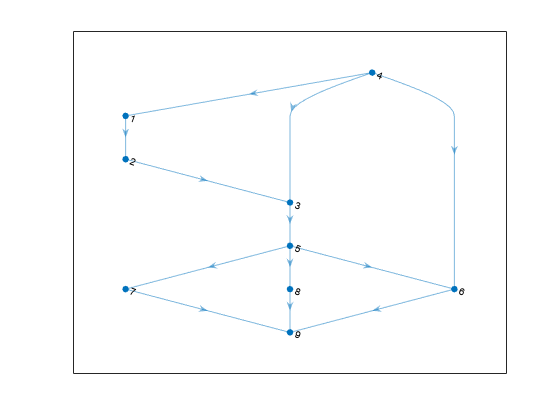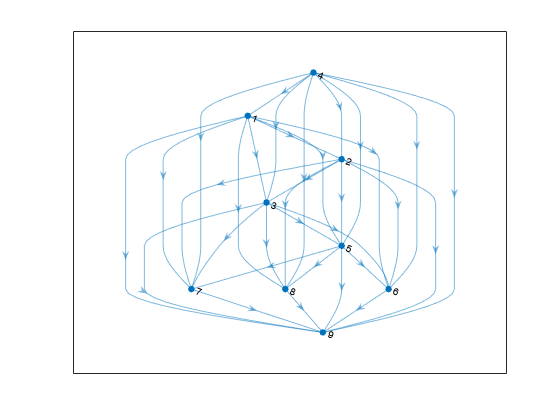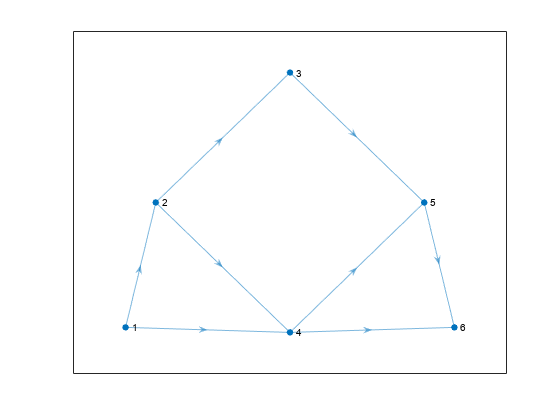transclosure
传递闭包
Syntax
Description
H= transclosure(G)Gas a new graph,H. The nodes inHare the same as those inG, butHhas additional edges. If there is a path from nodeito nodejinG, then there is an edge between nodeiand nodejinH. For multigraphs with multiple edges between the same two nodes, the output graph replaces these with a single edge.



